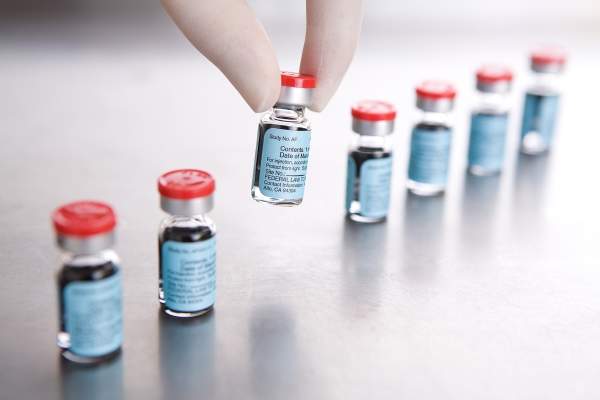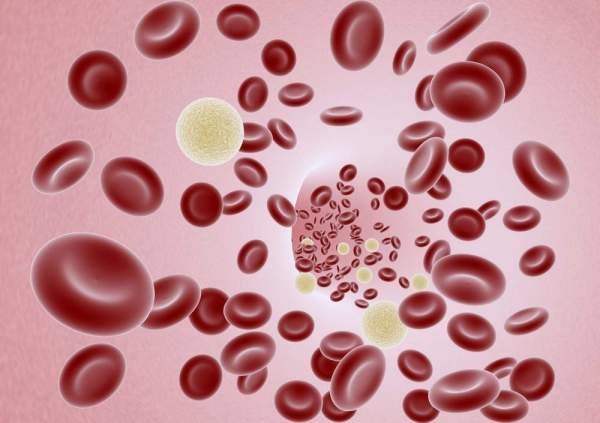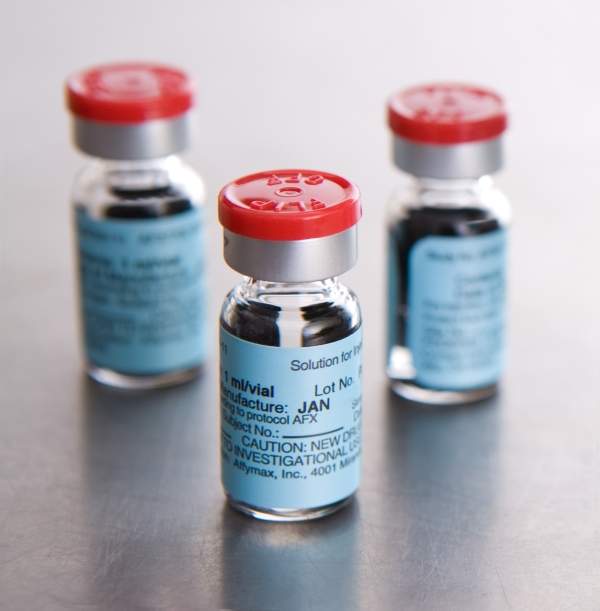Omontys (peginesatide) is an erythropoiesis-stimulating agent (ESA) developed for the treatment of anaemia associated with chronic kidney disease (CKD). It was developed by Affymax and Takeda Pharmaceutical Company.
A New Drug Application (NDA) for Omontys was submitted to the US Food and Drug Administration (FDA) in May 2011. The FDA accepted the NDA for review in July 2011. In March 2012, Omontys was approved by the FDA.
The drug is currently under review in Europe by the European Medicines Agency (EMA).
Anaemia in chronic kidney disease
Anaemia is a general complication which develops in CKD patients. The kidneys generate a hormone known as erythropoietin (EPO) which is responsible for stimulating the growth of red blood cells in the body.
Red blood cells help in supplying oxygen to organs and carrying away waste products such as carbon dioxide. EPO is carried through the blood stream to the bone marrow where red blood cells are produced.
In CKD patients, the kidneys cannot produce erythropoietin. As a result, the red blood cell count in the body drops, leading to anaemia.
Anaemia associated with CKD affects the overall health of the patient leading to frequent hospitalisation and increased rates of mortality. In severe cases, lack of oxygen can cause serious damage to various organs of the body.
Omontys – synthetic dimeric peptide-based ESA
Omontys is a unique synthetic peptide-based ESA which stimulates the production of red blood cells in the body.
It binds to the EPO receptors on bone marrow cells, causing them to multiply and transform into red blood cell precursors or reticulocytes.
The reticulocytes are released from the bone marrow into the blood stream and transform into red blood cells in about five to seven days.
In clinical studies, Omontys has indicated potent activity in multiple species.
The drugs is PEGylated to provide improved stability and extended half-life.
Clinical trials of Omontys
A Phase I trial of Omontys was carried out in 49 healthy volunteers to test the safety and pharmacokinetics of the drug. It was started in August 2004 and completed in January 2005. The trial indicated that peginesatide was effective in circulating reticulocytes in healthy volunteers.
A Phase II trial for testing the safety and efficacy of peginesatide in treating chemotherapy-induced anaemia was suspended due to the uncertain regulations for ESAs in oncology indications.
Seven Phase II studies were carried out to test the safety and efficacy of Omontys in CKD patients. One Phase II study is currently ongoing to test the efficacy of peginesatide in maintaining hemoglobin (Hb) levels in 40 CKD patients with antibody-mediated pure red cell aplasia. It was started in January 2006 and will be completed by December 2013.
The NDA for Omontys was submitted based on four studies. Two studies were carried out in dialysis patients (EMERALD 1 and 2) and two in non-dialysis patients (PEARL 1 and 2). A total of 2,600 patients were recruited for the studies across 400 centres in the US and Europe.
The first Phase III trial, PEARL 1, was conducted to compare the safety and efficacy of Omontys with darbepoetin alfa in 490 patients. It was started in October 2007 and completed in December 2009.
The second Phase III trial, PEARL 2, was started in December 2007 and completed in December 2009. It enrolled 493 patients and compared Omontys with darbepoetin alfa.
The EMERALD 1 recruited 803 patients and compared the safety and efficacy of Omontys with epoetin alfa. It was conducted between September 2007 and January 2010.
The fourth Phase III study, EMERALD 2, tested the safety and efficacy of Omontys with epoetin in 823 patients. It was carried out between October 2007 and January 2010.
All four studies demonstrated the efficacy of Omontys in maintaining Hb levels. The FDA approval for Omontys was based on the results from the two EMERALD clinical studies.
Marketing commentary for Affymax / Takeda Pharmaceutical Company
In August 2012, Affymax received a $50m milestone payment from Takeda as part of an agreement to development Omontys.
Omontys was approved by the FDA it is the first once-monthly ESA for the treatment of anaemia associated with CKD patients in the US. In April 2012, Takeda and Affymax launched the drug in the US. Takeda will market the drug in the European Union.










